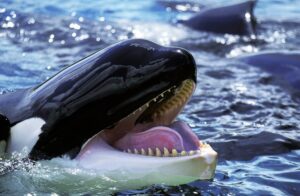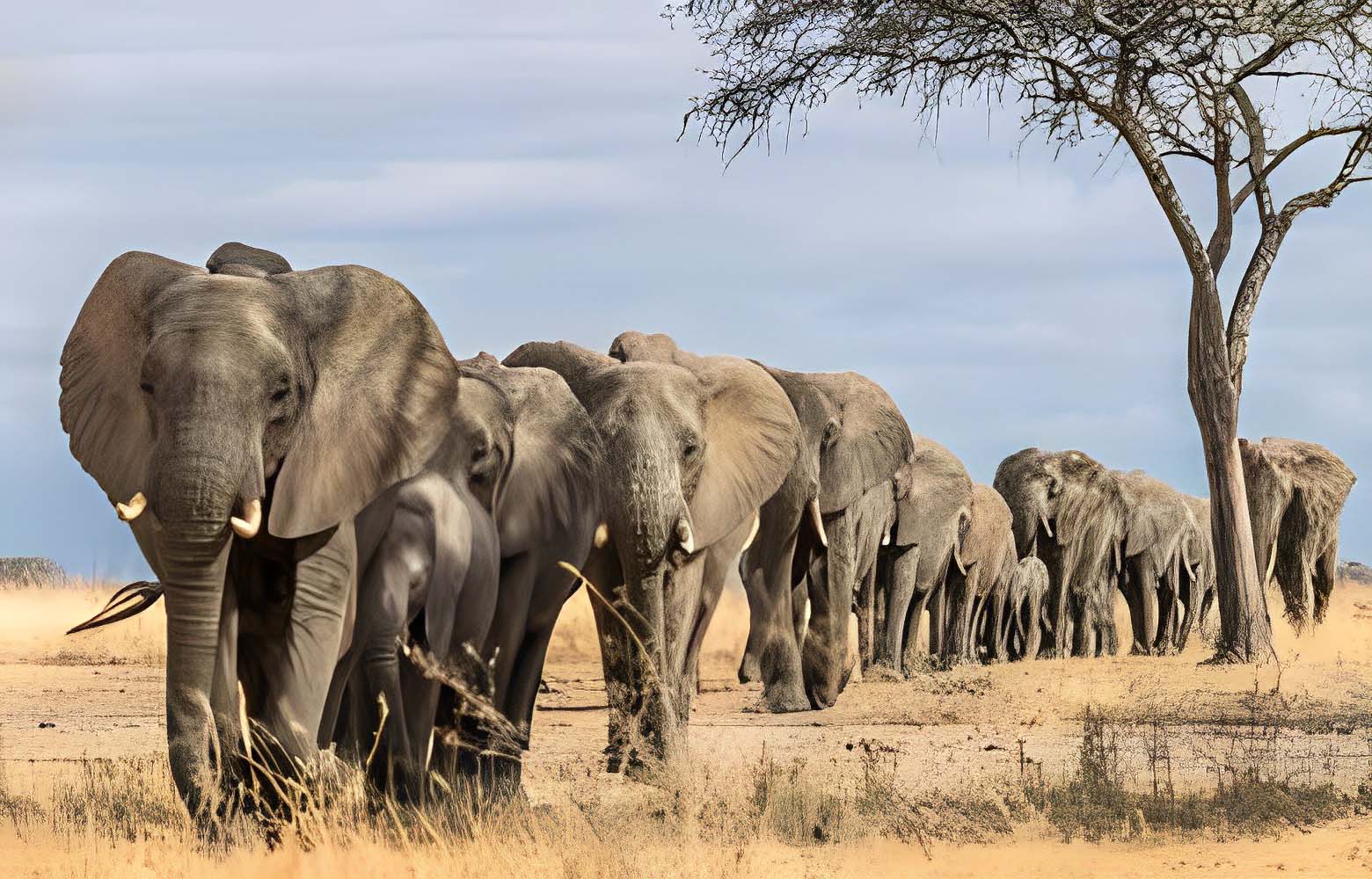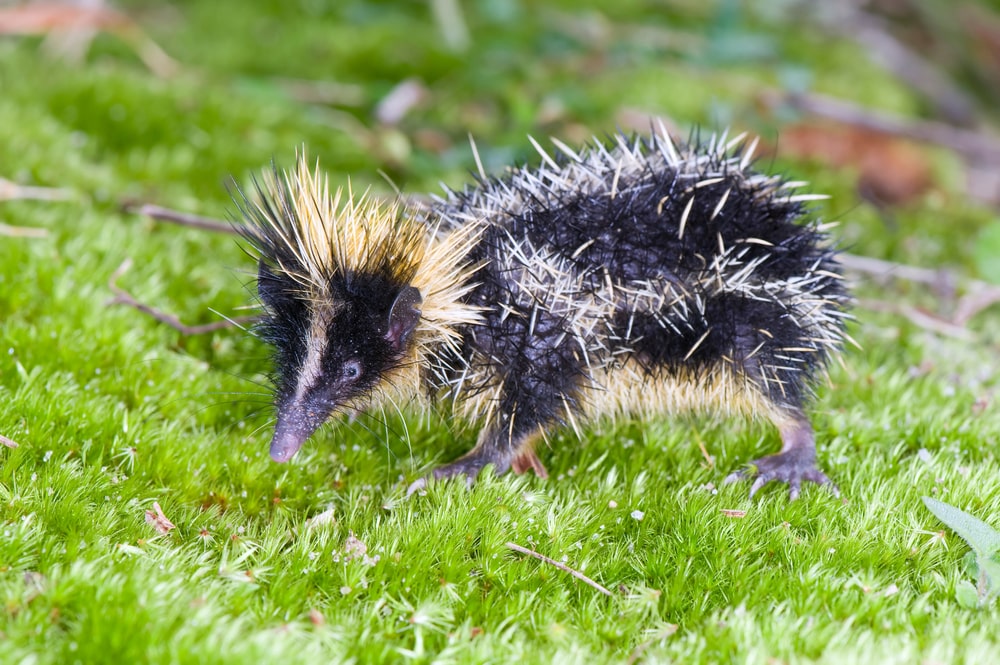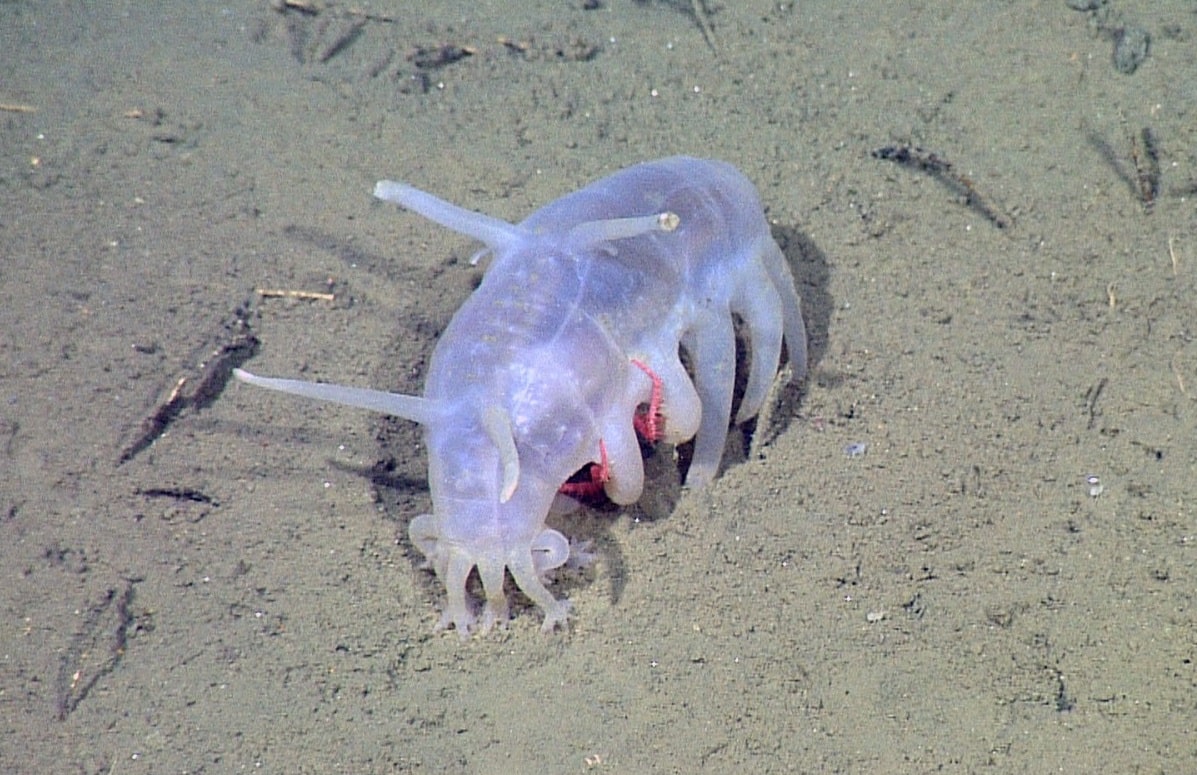Killer whale Dolphin, Interesting facts about the Orcinus orca
The killer whale is one of the most incredible animals to live on this planet, with the most fascinating behaviors and social structures of any animal.
Killer whale facts
- The scientific name of killer whale: Orcinus orca
- Order of this animal: Artiodactyla
- The family name of the Killer whale: Delphinidae
- The trophic level of this whale is: Carnivorous
- Male Adult Killer whale mass: 3600 to 5400-kilo grams
- Female Adult mass: 1400 to 2700 kilograms
- The lifespan of killer whales females in captivity: Female: 29 years
- Male whales life span in captivity: 17 years
- Length of body Male whales: 6 to 8 meters and Female whales: 5 to 7 meters
Orca Killer whale size
These animals are very large predators and are, in fact, the biggest currently living members of the dolphin family. Delphina died, reaching incredible lengths of about six to eight meters for males and five to seven meters for females. The males also possess an incredibly long dorsal fin measuring about 1.8 meters, whereas the females’ fin is less than half that length.
Killer whale diet
There are three different types of killer whales, which all feed on different things.
The first of the three resident Orca. These animals live in complex groups called pods and return to the same areas, consistently feeding mainly on squid and fish.
Another type of transient is one that hunts other marine mammals. They travel in small groups of no more than six individuals and swim in larger areas along the coast.
The third type is called offshore orca; this variation moves far away from the coast to feed on mainly schooling fish, and there is evidence that they may also hunt other marine mammals and sharks.
These creatures have a huge range of living in every ocean and almost every scene. However, it is understood that these animals seem to favor coastal regions over the open ocean, and it is common to see Orca pods around. The shores of places such as Norway, British Columbia, and Oregon. They also spotted them in many other areas of the world and on every continent.
Killer whale behavior
Orcas are well known for their incredibly complex social groups, which are similar in some ways to the social behaviors of elephants and even humans. Resident killer whales live with their mothers their whole lives; therefore, living in matriarchal groups, several of these groups then form together to create pods.
The pod may separate into individual family groups for long periods of time in the wild. Females have been recorded as reaching an incredible 90 years, meaning that it is possible that four generations of Orca can make up a single-family group.
Due to these complex social ties and family bonds, many scientists believe that killer whales should not be kept in captivity, as they are separated from their families and forced to live with complete strangers, which often causes violent confrontation.
The evolution of killer whales
The killer whales are a species of dolphin and probably evolved in the last 11 million years in the Miocene epoch. They are a member of the family Delfina, more commonly known as oceanic dolphins, which in turn are part of the group known as a tooth to Wales. The term dolphin itself actually refers to several different groups of tooth 12, so it is what is technically known as a paraphyletic clade. In zoology, genetic studies have shown that the orca’s closest living relatives are the snobs in dolphins that inhabit seas around Southeast Asia in Australia.

Orcas Threats
Due to the noticeable differences between killer whale types, it is possible that a few of these are actually difficult species that are critically endangered. However, Orca as a whole is currently classified as data-deficient in relation to its conservation status.
One of the major threats to orchids at the moment is the accumulation of toxins through the animals that they prey on. These pollutants are taken into their bodies. When they feed on other organisms that have been poisoned by these toxins, it can result in severe health problems for the animal.
Killer whale dolphin
Another problem faced by killer whales is a decrease in the number of prey items, such as salmon seals, which means that they have less to feed on. An interesting find was made in 2004 when a scientist argued that sonar used by the US Navy was actually causing harm to orcas and other whales and was responsible for brain hemorrhaging that killed six beaked whales.
Yet another threat to these creatures, and of course, there is also the issue of keeping killer whales in captivity, which obviously has severe adverse effects on the animal. Fortunately, these practices seem to be coming to an end, and hopefully, people will be able to appreciate these remarkable creatures in their natural habitats.








